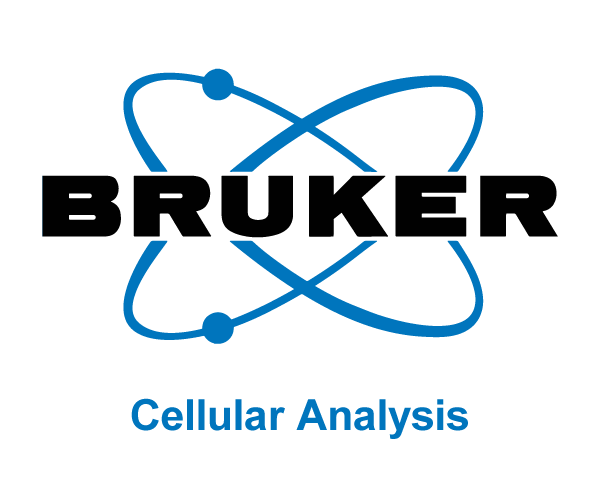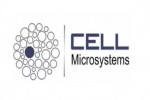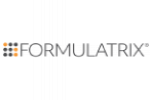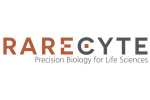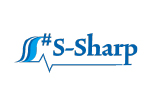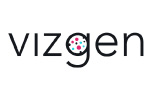Discover
Introducing Cytek Aurora Evo – The New Standard for Full Spectrum Cytometry
Join OMIXYS for this educational webinar in cooperation with Cytek. The Cytek Aurora Evo system delivers the same high-performance fluorescence capabilities as its predecessors, now enhanced with new features designed to meet the evolving demands.
November 20, 2025
Introducing EOS6: High content – live cell analysis inside your incubator
Built to support multiple users and applications, the EOS6 can run up to six microplates in parallel, flask, dishes, slides… Users can schedule experiments at different image acquisition frequencies and magnifications in parallel.
October 24, 2025
Refining Biomedical Research Beyond Animal Models
What the Pivot to Human-Based Technologies Means for Science and How 3D Cellular Constructs like Organoids Are Part of the Solution.
October 13, 2025
Incorporation of SARS-CoV-2 spike NTD to RBD protein vaccine improves immunity against viral variant
By fusing the spike protein's terminal domain (NTD) with its receptor-binding domain (RBD), researchers have engineered a protein vaccine that significantly amplifies both T-cell responses and antibody breadth.
June 25, 2025
Spatial Proteomics: Charting the Protein Landscape in Tissues
Spatial proteomics uncovers the spatial distribution of proteins within tissues, enabling detailed analysis of cellular functions, disease progression, and intercellular interactions beyond the limits of traditional bulk proteomic approaches.
June 6, 2025
Serum neurofilament measurement improves clinical risk scores for outcome prediction.
A recent study found serum neurofilament light chain (NfL) levels to be strongly associated with poor neurological outcome in patients after cardiac arrest. Our aim was to confirm these findings in an independent validation study.
April 16, 2025
Measure EV Purity Results by Calculating the Membrane Ratio with the Exoplorer
Working with Extracellular Vesicles (EVs)? Imagine being able to effortlessly measure EV quality. This is possible with the Exoplorer™ Nano-flow Cytometer — a highly effective tool for nanoparticle-level analysis.
October 20, 2025
Image-activated cell sorting
The NanoCellect VERLO Image-Guided Cell Sorter is mentioned in the attached Nature Reviews Bioengineering paper (Ding et al., 2025) reviewing commercially available Image-Activated Cell Sorting systems.
September 16, 2025
Growing Mature Biofilms for Antimicrobial Screening, Host-pathogen Interactions, and Adhesion
We present the BioFlux shear flow system, a microfluidic flow cell array that enables the growth of biofilms in precisely controlled conditions, including shear stress, temperature, and environmental gas.
June 18, 2025
Webinar recording: Elevate your spectral sorting experience for small and large particles with Cytek Aurora CS
Join our upcoming educational webinar, elevate your Spectral sorting experience for small and large particles with Cytek Aurora CS, a high-end sorter, driven by Cytek's Innovative Full Spectrum Profiling.
May 30, 2025
An immunophenotype-coupled transcriptomic atlas of human hematopoietic progenitors
Analysis of the human hematopoietic progenitor compartment is being transformed by single-cell multimodal approaches.
April 15, 2025
Gentle Cell Sorting Advancing ALS Research
Researchers using iPSC-derived neurons and glia for ALS models have found that WOLF’s gentle, low-pressure sorting preserves fragile cells’ viability and function—unlike traditional droplet sorters.
October 15, 2025
Applications: Phase Contrast and Fluorescence Microscopy
Phase contrast and fluorescence microscopy reveals structural and molecular details in cells. Lumascope microscopes are ideally suited for research that requires both, for example this cancer-related study.
August 18, 2025
Differential diagnostic performance of a panel of plasma biomarkers for different types of dementia
This study assesses a plasma biomarker panel (p-tau181, NfL, GFAP) for differentiating Alzheimer’s, FTD, and DLB, showing high accuracy, while Aβ₁₋₄₂/₁₋₄₀ ratio adds limited value.
June 9, 2025
Optimized rare cell isolation for mouse and human samples
This application note introduces the new in situ rinse program. This workflow delivers the same high purity of rare cells as the traditional “serial program” and additionally significantly enhances throughput.
April 29, 2025





